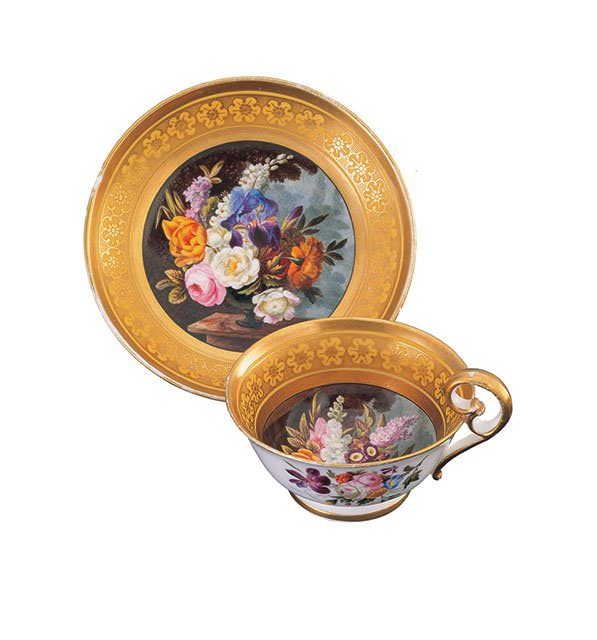Swansea and Nantgarw—Welsh porcelain in Australia
Although China had possessed the secret of making porcelain for centuries, interest its production did not appear in Britain until 1744, with Edward Heylyn and Thomas Frye of Bow registering a patent for the manufacture of a soft-paste porcelain.
It was not until the 1920s that porcelain, of a quality to rival that of Europe's best, began to emerge from Wales. The cause of this excitement was the realisation of the vision of one man who, together with the invaluable and enthusiastic assistance of several individuals, achieved his ambition of creating and manufacturing a porcelain that was 'equal, if not superior, both in real excellence as well as external appearance, to any in the world'.
The porcelain of Nantgarw and Swansea were hailed as Britain's finest and continues to be highly regarded throughout the world. Each piece clearly demonstrates the diversity of the manufacturer's output, as well as the talents of both manufacturers and decorators.
This exhibition was developed in recognition of the Dorothy McAllister Bequest.
During her lifetime, Dorothy McAllister was a generous benefactor and donor to the Gallery, and through her Bequest, she has provided the means for the considerable enrichment of the Gallery's decorative arts collection. From 1988–93 the Gallery utilised the Bequest to purchase outstanding examples of English and Welsh porcelain dating from the late 18th and early 19th centuries.



